Bee Hive Removal And Relocation
Our Services
Before hiring a bee exterminator in San Diego, there are a few things that you’ll want to consider. At Bee Man Dan, we care about the bees and where they end up, and we’re not exterminators – we rescue bees! We know that bees can be invasive when they get too close for comfort, but they’re also a vital part of keeping our environment thriving. Here are a few ways that our services in bee hive removal in San Diego will be the right choice for you.

Don’t Resort To Honey Bee Extermination!
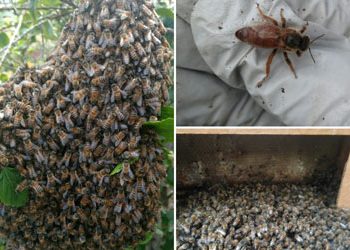
Humane Bee Control In San Diego
It’s important to us that we practice humane bee removal so that we successfully relocate them from the area that they are causing a problem to place them in an atmosphere that is more conducive for them to continue their very important work for agriculture in. We enjoy our work because we know we are helping preserve an aspect of nature that does so much good for Mother Nature.
However, we also want to ensure that your home and workplace are safe for those that walk around. We know that bees can find themselves building nests in places like roofs, floors, valve boxes, and other tough to reach spots that feel safe to a bee. We have the experience necessary to perform extractions from these tight spots while not harming the bees.
Bee Relocation To A More Suitable Area
We specialize in live honey bee removal and have a relocation plan in place. We don’t just want to place the bees in any spot, but one that they will adapt to and continue with the honey creation and pollination. It’s important to us that we take proactive measures in all of our bee removal services no matter how big or small the invasion is. We work hard to save bees and keep them thriving in nature, and we love passing these services on to the community.


Bee Hive And Bee Swarm Removal Made Easy
Apis Mellifera, also known as the European Honey Bee is the predominant species of bees we come across, and they will build just about anywhere you can possibly imagine. Our process of bee rescue is simple and straight forward, but can be quite involved depending on how long a beehive has been there and how entrenched they have made themselves. In essence, our strategy for live bee removal is this:
1) Gain access to a hive without sacrificing the structural integrity of a location whether that be your home, your shed or a tree.
2) Find and extract the baby bees as this will be what will attract the rest of the worker bees out as well as the queen.
3) Expedite the eviction process by scooping bees out by hand and creative use of smoke.
4) Clean up the location, treat for pheromones, seal entrances, close up what we opened, and make it pretty.
5) Test our seals, collect the remaining clump of bees.
6) Celebrate, rejoice and sample some honey.
Common Bee Problems And Questions
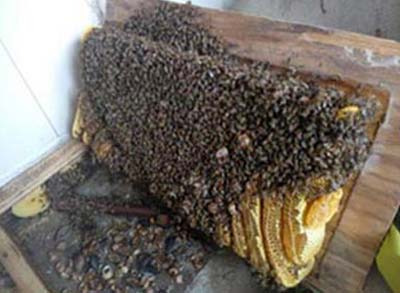
1.Find the hive, block off potential areas they may hide in/move further into

2.Remove sheets of brood (bee babies) and attach them to the bee frames
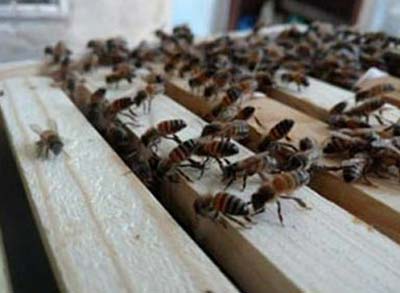
3.Scoop handful of bees to physically move them from their home into the transport boxes to stimulate fanning behavior. This releases their pheromone which says “we are moving”

4.As the bees continue to fan and acclimate to their new home we nudge the bees in the old home out with smoke and pungent essential oils which helps them vacate quicker.

1.Smoke the bees to calm them and disrupt their ability to communicate. Open the lid to reveal the hive.
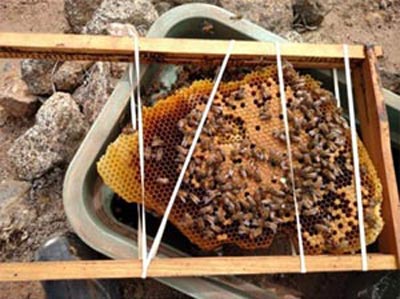
1.Remove brood (bee babies) and attach them to beekeeping frames and put them in the transport boxes. Scoop as many bees out as possible and facilitate the rest out using smoke.
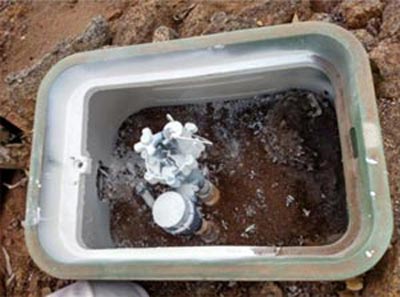
1.Clean up pipes, wires, and scrape honey comb off underneath the edges. Treat for pheromones so bees looking for a new home will less likely come back here. Without treatment, it’s a high probability bees will move back in.

1.If the lid is not entirely saturated, we will clean and screen off the entrance. If it is too saturated, we recommend a new lid as the pheromone treatment doesn’t take to the lid effectively.

1.Cut open the drywall to reveal the beehive.

2.Remove brood (honeycomb with bee babies) and attach them to frames. Remove the rest of the hive and scoop bees out and into their temporary mobile home.
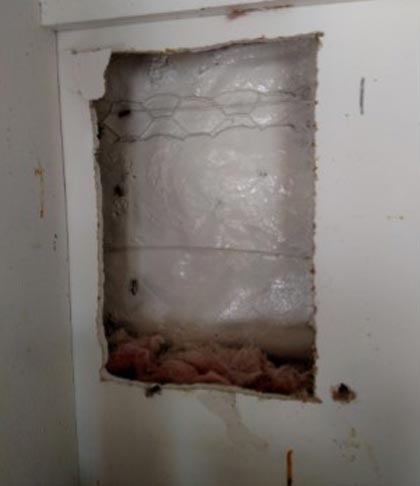
2.Treat for pheromones. Bees communicate by smell, so we eliminate what makes this smell like a home.
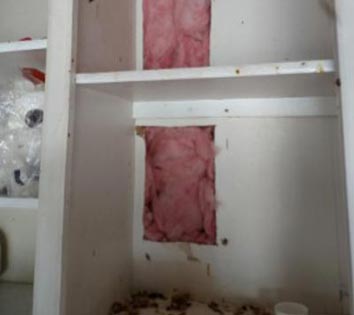
4.Fill the cavity with insulation to deter bees from entering.

5. Seal entry ways. Install cross braces for structural integrity, re-attach drywall sheets, patch the wall. We do not texture or paint match unless previously agreed upon.
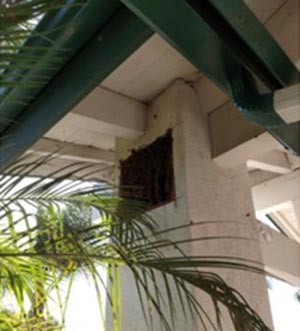
1.We through stucco, with the attempts to keep the
slate as whole as possible. The older a wall is, the more
challenging this becomes.
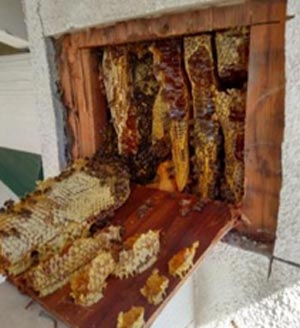
2.Depending on construction, we may need to cut
through plywood as well.
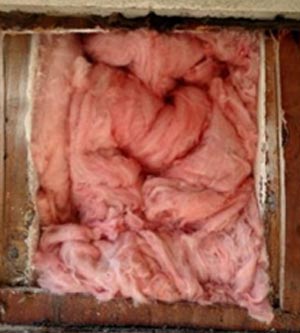
4.Remove the honey comb, remove the bees, treat the
pheromones to help prevent future hives and fill
the cavity with insulation to deter bees
from entering again.
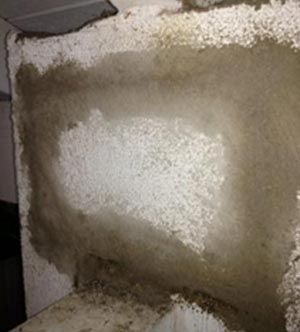
5. Seal up any entrances, install cross braces to secure
the panel, new tar paper as needed, base coat stucco to
fill the gaps. Our service does not
include texturing and paint matching.

1.Remove Tiles/Shingles
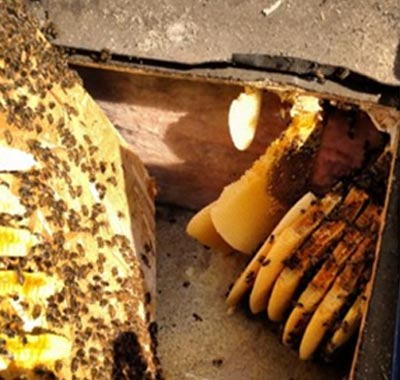
2.Open plywood to reveal

3.Remove bees & honey comb

4. Treat pheromones to prevent future infestation

5. Screen/Seal Entrances
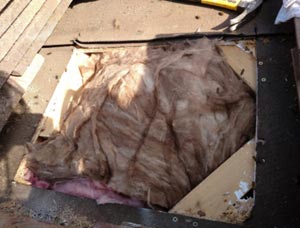
6. Insulation as Bee Deterrent

7. Fresh Tar Sealant

8. New Tar Paper

9. Re-place Tiles/Shingles
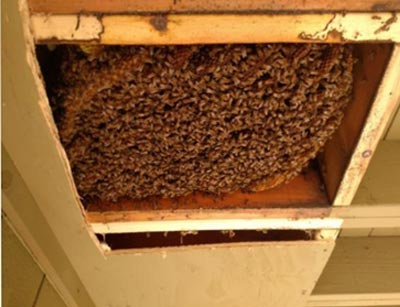
1.Smoke the bees to calm them and disrupt their ability to communicate. Cut out a 2′ x 2′ section of wall
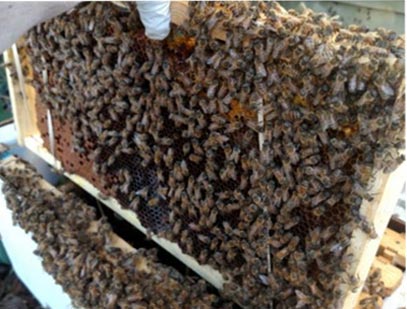
2.Remove individual sheets of honey comb and attach the brood (bee babies) to frames and into the box. This is what will draw the bees out of your home and into our box.
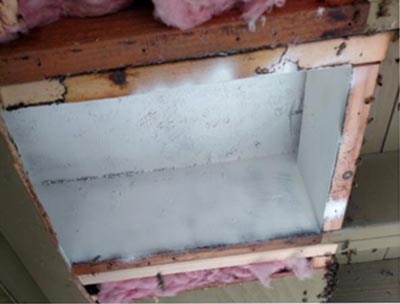
3.Once the bees are out, we treat the area to get rid of the pheromones, otherwise the likelihood of another hive moving back in will be too great.

4. We fill the rest of the cavity with insulation to deter wandering bees from entry. seal any potential entrances and re-attach the wood panel.

1.Upon inspection, beekeepers will look for are eggs, tiny grains of rice at the bottom of the cells. The queen is typically hard to find, eggs mean there is an active queen within the last 1-3 days.
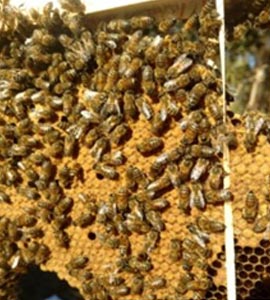
2.Double checked for diseases, mites and other potential stress factors. They also look for this brood pattern, the tighter the cells, the stronger the queen.
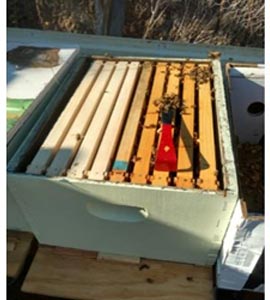
3.Strong hives get a new permanent home. Weaker hives and queen-less colonies are merged with other hives for improved survivability. Problematic hives are isolated until corrected.

4.Beehives are adopted by beekeepers throughout San Diego, Riverside, Orange County and end up on local farms or backyards and roof tops throughout the city.
